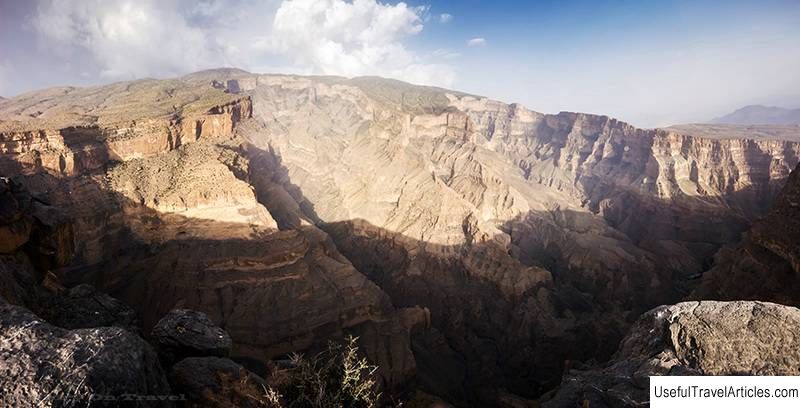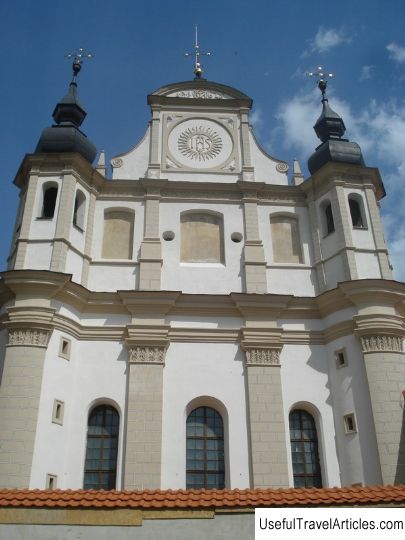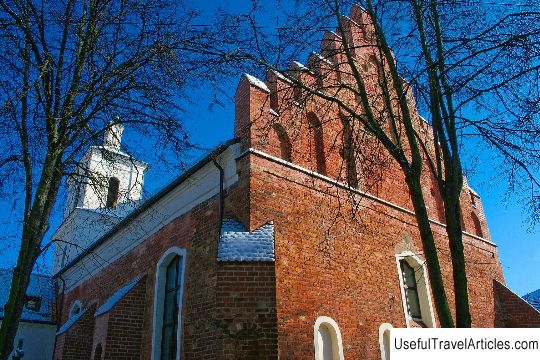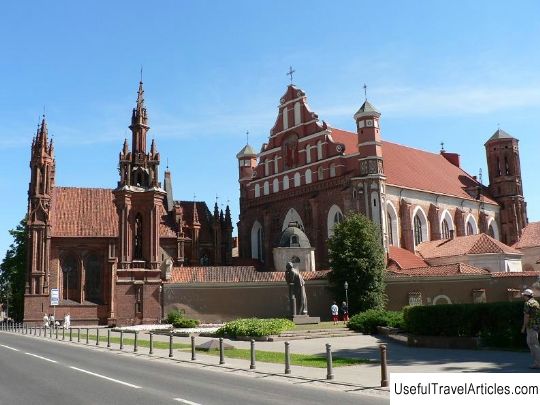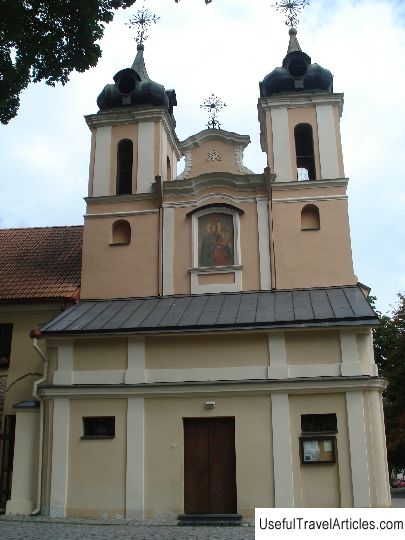Church of St. Casimir (Svento Kazimiero baznycia) description and photos - Lithuania: Vilnius
Rating: 8,5/10 (1001 votes) 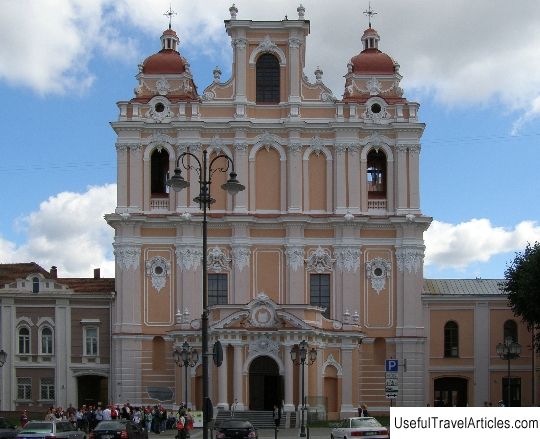
Church of St. Casimir (Svento Kazimiero baznycia) description and photos - Lithuania: Vilnius. Detailed information about the attraction. Description, photographs and a map showing the nearest significant objects. The title in English is Svento Kazimiero baznycia. Photo and descriptionThe first example of the early Baroque style in Vilnius is the Church of St. Casimir. The temple was founded in 1604. It was built simultaneously with the nearby monastery with funding from Lev Sapieha and Sigismund III. The construction of the church began in 1596, the date of completion of construction is 1604. Found in the Antakol Mountains and brought to Vilna by seven hundred pilgrims - Vilna bourgeoisie, a huge stone was laid in the foundation of the future temple. The laying of the stone with the inscriptions took place during a solemn divine service. At the same time as the temple, a Jesuit monastery for professors was founded. The consecration of the church took place in May 1604. The architecture of the temple corresponds to the image of early reckless baroque churches. The temple is three-aisled, the interior is like a basilica. The height of the dome is 40 m, and the diameter is 17. The dome is the tallest in the architecture of Vilnius. In 1610, the first fire broke out, causing damage to the temple. The temple was completed in 1616, and the interior decoration was completed in 1618. The side aisles of the temple were turned into chapels with open galleries located above them. Later - during the capture of the city by the troops of Tsar Alexei Mikhailovich in 1655, the temple also suffered a fire. During a fire in 1749, the interior of the church was destroyed, the dome coverings collapsed. For five years, from 1750 to 1755, the church was reconstructed under the leadership of Tomasz Zhebrowski. At that time, thirteen altars were built in the Baroque style, the helmets of the towers were erected, a stepped dome in the same Baroque style was restored. Also, during the reconstruction, the side galleries were walled up. According to the style of the elements of the reconstruction, it is assumed that the restoration was carried out by the architect Glaubits. In 1773, after the abolition of the Jesuit order, the church passed to the priesthood of the Emeritus. An interesting fact is that during the Kosciuszko uprising in 1794, 1,013 Russian prisoners were imprisoned in the church. In 1799 the church became a parish. During the Patriotic War, French troops placed barracks and warehouses in the church, causing considerable damage to the church. However, in 1815 it was renovated by monks - missionaries, who took the temple under their care. In 1832, the temple was closed and intended as an Orthodox church. Later, the temple was reconstructed and rebuilt several times. So in the period from 1834 to 1837 the architect Rezanov reconstructed the church, removing 10 altars and a pulpit, and the temple itself received an Orthodox look. In the second half of 1860, the architect Chagin remodeled the building. For example, the corner towers of the facade were changed, the domes on them were made bow-shaped and covered with gilded tin, a vestibule with the same dome was attached to the temple. The interior of the temple was also changed - the choir and the tombstone of the Lithuanian hetman Vincent Gosievsky, who died in 1662, were demolished. In 1867, according to the project of Rezanov, a new iconostasis was laid, which brought the academician a gold medal at the world exhibition, which took place in Paris in 1867. Famous sculptors and painters were invited to the interior sculptural and painting works during the reconstruction. .B. Wenning, C.D. Flavitsky, N.I. Tikhobrazov, V.V. Vasiliev. The outer pediment of the middle tower was decorated with frescoes depicting St. Nicholas, Alexander Nevsky and Joseph the Betrothed. In 1867, the temple was solemnly consecrated by the Archbishop of Minsk and Bobruisk - Anthony. During the German occupation of Vilnius in 1915, the temple became a garrison Protestant church, and during the Bolshevik invasion in 1919, a crowd of several thousand people gathered in the church to defend priest Mukerman from arrest. In 1940 the church and the monastery were given over to the possession of the Jesuits of Lithuania. And since 1942, the first men's gymnasium for boys has been operating here, which later became the secondary school named after Venuolis. Today it is a Jesuit gymnasium. In 1942-1944, the architect Jonas Mulokas restored the central tower destroyed by a German shell, but the facade and the cross were never restored. In 1948, the temple was closed, and after restoration in 1965, it was opened as a museum of atheism. In 1991, the temple was restored and consecrated again. The premises of the temple are used as the publishing house "Aidai", which produces religious literature.         We also recommend reading Serra da Capivara National Park description and photos - Brazil Topic: Church of St. Casimir (Svento Kazimiero baznycia) description and photos - Lithuania: Vilnius. |
